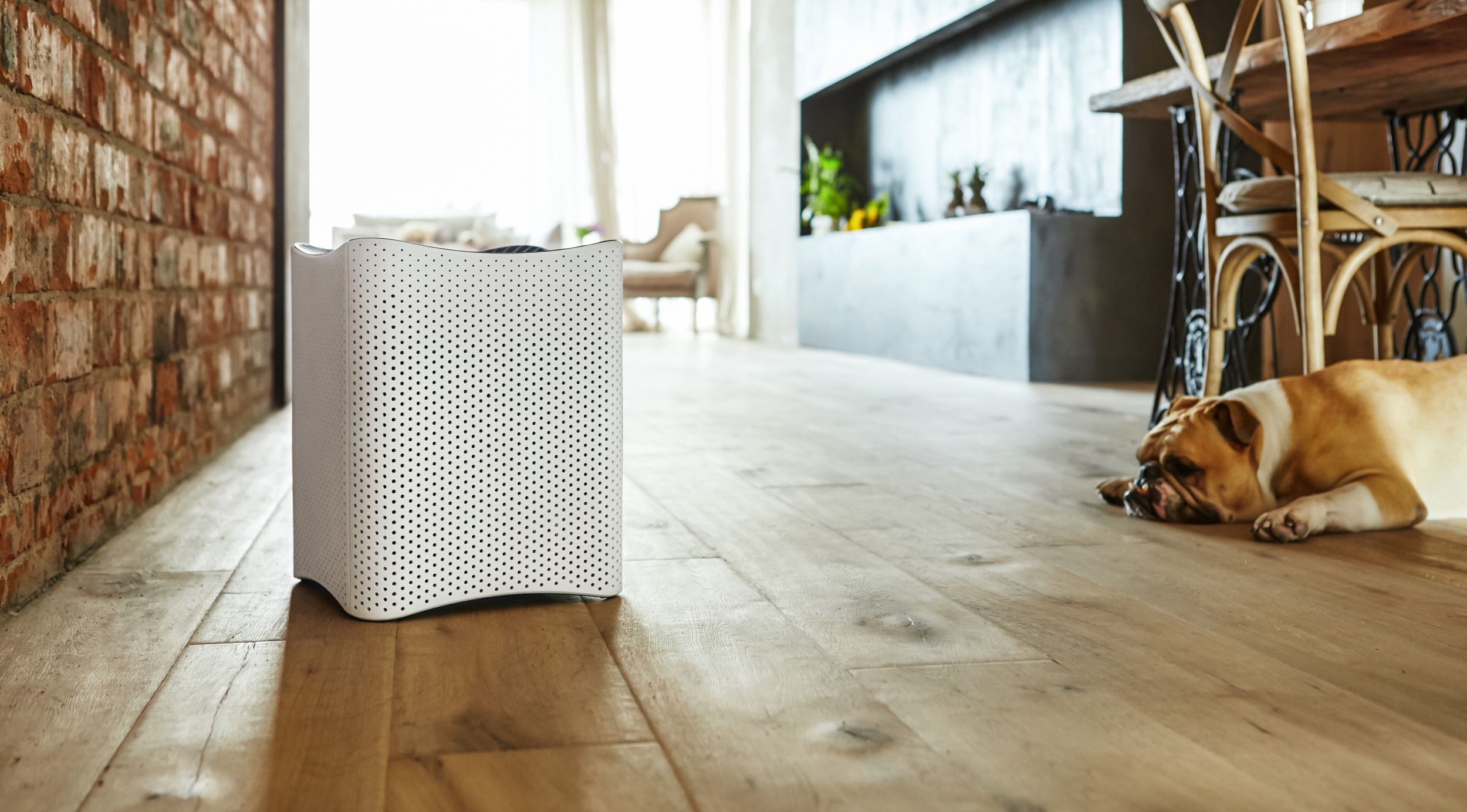An Urban Family weekly series where we ask a Shanghai-based community organization or individual to tell us 5 things our readers must know. Charles Liao is one of the founders of Mila, a company that offers its own smart air purifier through monthly service plans. He tells us about the realities of air pollution in China and why having a good air purifier is a necessity to have in your home.
1. HOW LONG DOES IT TAKE FOR BAD AIR TO IMPACT YOUR HEALTH?
“When I was last in Beijing, pollution was at the hazardous level: Every hour of exposure reduced my life expectancy by 20 minutes. It’s as if every man, woman and child smoked 1.5 cigarettes each hour.”
This statement, made by Richard Muller, scientific director of Berkeley Earth, a group devoted to climate science and strategic analysis, says it all.
Air pollution is a serious environmental problem, with serious detrimental effects to your health. There’s no time like the present to take action in protecting your health, even if you’ll only be in China for a brief period.
2. SO HOW BAD IS BAD?
According to a study conducted by the World Health Organization, between April 5, 2014 and Aug 5, 2015, 92 percent of China’s population experienced at least 120 hours of unhealthy air.
That same article states that over 4,000 people die in China per day due to health complications resulting from air pollution. Tiny air particles referred to as PM2.5 can trigger heart attacks, strokes, lung cancer and asthma. Air pollution is not a matter to take lightly.
Additionally, the National Institute of Health (NIH) states that lung cancer is a leading cause of death in China. In Western nations, the likely culprit is smoking. However, according to a study published in 2013, while 67% of Chinese males smoked, only 4% of women did, and while smoking contributes to 75% of male lung cancer in China, it contributes to only 18% of female lung cancer. This leaves 82% to other factors.

3. OKAY, THE AIR OUTSIDE IS BAD, BUT INDOOR AIR SHOULD BE BETTER, RIGHT?
Unfortunately, there aren’t any boundaries when it comes to air pollution. Outside air can become trapped inside the home and continuously recirculate throughout the space. The NIH suggests that indoor air pollution is actually suspected to play a heavy role in the development of lung cancer.
Here’s a quick example: If it's registering a concentration of 100ug/m3 of PM 2.5 outdoors, you could easily find your living room at 50ug/m3. The maximum threshold of PM2.5 intake in a 24-hour period according to WHO (World Health Organization) guidelines is 25ug/m3. That should really put our concept of “clean air” in perspective.
4. IT SOUNDS LIKE INDOOR AIR PURIFIERS ARE A NECESSITY, BUT IS ONE ENOUGH?
One air purifier, no matter how beastly, typically only covers the room that you’ve placed it in.
Air purifiers are much like air conditioners: you need one for every room in your home. Just as you wouldn’t try to cool down your whole home with one fan, you can’t expect to clean the air in your whole home with one purifier. Bigger isn’t better; you need a wide range of coverage, which means putting multiple purifiers in multiple rooms.
5. FOR AIR PURIFIERS TO WORK EFFECTIVELY, HOW OFTEN DO FILTERS NEED TO BE CHANGED?
Depending on air quality conditions, filters can last anywhere from three to six months. Some boxes might advertise that filters can last up to a year without being changed, but it is more likely that these claims are inaccurate.
Filter efficiency decreases over time, and when your filter reaches capacity it is unable to capture particles drawn through, rendering it completely useless.
SO WHAT’S THE EASIEST WAY TO MAINTAIN GOOD AT HOME ‘AIR CARE’?
Enter Mila, the world’s first smart air purifier system available through monthly service plans with filters delivered to your door. Air quality can be monitored in every room through an app on your phone, so even when you’re not home, you can check in to make sure family members are breathing clean. To learn more about Mila, visit www.mymila.co.



















